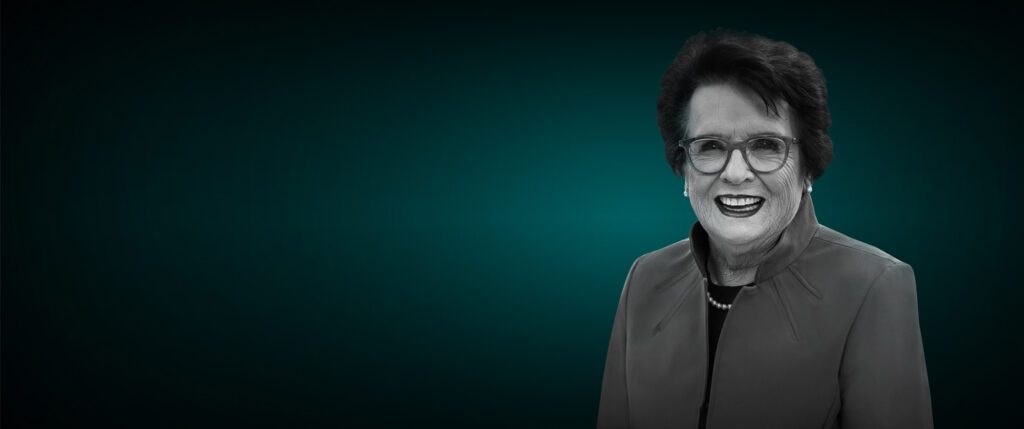Stuart Maxwell has been a champion of Diversity, Equity and Inclusion (DE&I) from the outset, and a supporter of EDGE Certification® as an effective instrument to drive progress in this area.
Embedding DE&I in a company’s culture, performance management, leadership development and recruitment strategies, he says, can be a game changer: “It’s one of the big lessons I’ve learned over the years and would advocate for anyone embarking on a DE&I journey,” he explains. “If DE&I is kept separate from everything else, then no matter how loud the voice, you are not going to reach everybody you need to reach.”
Stuart believes in DE&I for the simple reason that “it is absolutely the right thing to do.” It is useful, however, that the desire ‘to do the right thing’ is also supported by hard evidence that it improves business performance: “It’s a clear differentiator for a business seeking to attract, engage and retain talent,” Stuart continues.
Matching DE&I expectations with reality
“Gen Y and Gen Z employees will often have multiple offers of jobs on the table and will decide which company to join based on what you are saying around sustainability and DE&I. And when they join a business, then the culture they experience once they’ve walked through the front door must match what they saw when looking through the shop window.”
A report published in 2023 by the management consultancy McKinsey & Company showed that the top quartile companies in terms of DE&I performance had a 39% greater likelihood of financial outperformance compared to their bottom-quartile peers: “It is quantifiable that companies with more diverse leadership teams are more successful,” Stuart says, “and they are also more innovative.
“Diverse companies are able to access the full talent pool, and that is increasingly important in a world where the market for talent is extremely competitive. It’s also important to run regular employee engagement surveys,” he continues.
“We knew that we were heading in the right direction when in an all-company engagement survey with an 80% response rate, 90% of employees responded that DE&I was having a positive impact on their employee experience. Reaching all employees is a key goal for DE&I practitioners.”
DE&I, Stuart says, is also becoming increasingly important to other stakeholders: “It’s a big issue now for Boards and investors, with much greater focus on representation and questions around how businesses are advancing their DE&I agenda.”
Validating progress with an independent benchmark
To validate progress in your DE&I journey, Stuart stresses the importance of an independent benchmark: “You shouldn’t be interested in paying to collect a little badge to put on your website,” he smiles. “You want to be able to benchmark yourselves against your peers with real, meaningful insight and an action plan for the future. That’s why I have always been an advocate of EDGE Certification®. EDGE sets the bar high and gives you clear feedback on what you will need to do to become best in class.”
Being part of the EDGE Certification® process supports organizations seeking to be included and improve their score ratings such as DJSI and Equileap. In both examples, EDGE Certification® contributes meaningfully to an organization’s overall score. As Diana van Maasdijk, Equileap’s co-founder says: ‘EDGE Certification® is a rigorous, independent assessment and a universally accepted methodology’.
But again, being included in such respected Indices is not the end of the journey: “It doesn’t mean you’re there but it’s nice recognition and it’s valued by your employees, the Board and your investors,” he adds.
Stuart is alive to the fact that DE&I is being politicized in some quarters, causing some organizations to reconsider their priorities. He advises that firms should continue their journeys as it is even more important in such environments that all employees feel that they are supported in bringing their whole selves to work. It can also be a clear differentiator in the talent market. Again, he stresses that senior buy-in is essential: “The CEO sets the expectation, and the executives line up behind it,” he adds.
Understanding the real meaning of diversity
Stuart believes that breaking down internal barriers is a big step and removing invisible structures and mindsets that can get in the way of progress. It leads to the acceleration of female talent, not just through external recruitment, but also by promoting from within: “Of course, there are some people in an organization who will always say there is a glass ceiling, but I’d like to think that even where there are some ceilings left, you can make some fairly big cracks in them,” he jokes.
So what advice would Stuart give to his peers currently grappling with the DE&I conundrum? “As I mentioned earlier, don’t keep it as a separate initiative, it has to be part of your culture and lead your core behaviours, embedded in everything you do.”
He also says to trust the data: “Some of what you will do will be spreadsheet-based, and you need to analyze the data that is presented to you.
“If you have set an aspirational target for your organization to achieve gender parity in your senior leadership that doesn’t mean that every single business unit or division has to reach a gender-balanced representation. Some may be higher and some lower, and it has to be achieved in a way that is sustainable for your organization. You also need to explore what those roles are, and not just a Head of HR or General Counsel. It’s important to target P&L roles, for example, as a better benchmark for achieving ‘true’ diversity.
“The point is, understand your numbers and the story behind those numbers. A 30% representation in one part of the business or in certain roles could be better than 40% in another.”
Stuart also warns about ‘fixing’ quotas simply through recruitment, a point he touched upon earlier: “Insisting on a diverse candidate slate for new jobs is great, but who are you promoting and who are you retaining? That should be an important area of focus. Everyone who comes into your business wants to be judged on their skills and contribution and feel that their contribution is recognized. They also want to come to work and express their true selves. If they can do that, then business success follows.”
Listening is also important: “You do need to keep listening and communicating if something isn’t landing,” he continues. “Sometimes what you say may not be resonating with a particular audience, and so you need to challenge why that might be and make a judgement call.”
Stuart believes that people can nearly always do more than you think they can, and more than they think they can themselves. Part of his job has always been about getting the best out of everyone; it’s a personal mission: “I try and help pull away the barriers, break the ceilings, and instil confidence in people such that they can fulfil their full potential. It’s that mindset that permeates all of my decisions.
“Walk the talk, because if you’re advocating what people should be doing but not doing it yourself, then it invalidates the advice and guidance you are giving. You might be the best HR professional in the world, but if you’re not an inclusive leader yourself, you won’t achieve what you want to achieve. Look in the mirror.
“If you’ve got great people doing great things, you’ll be a successful company.”
We’re here to support you on this important journey of addressing gender inequality in the workplace
Request your EDGE Empower demo here.







